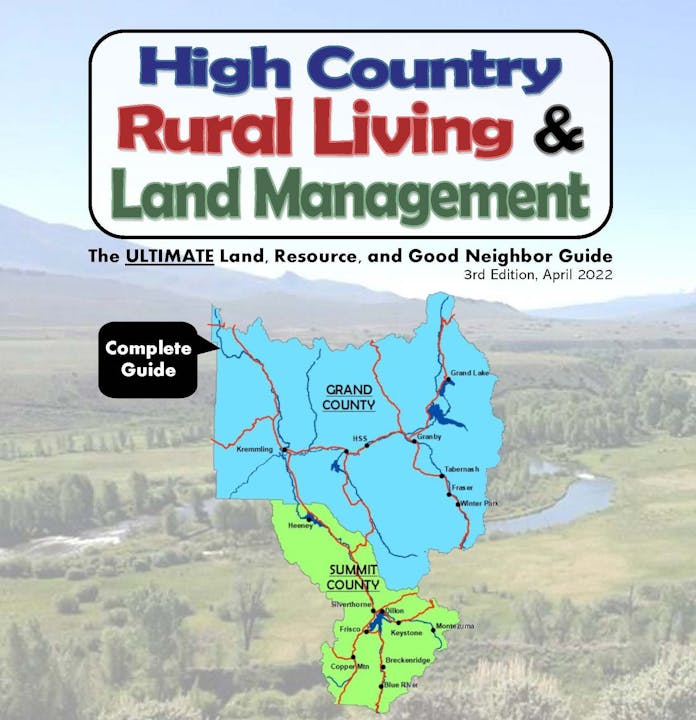Maintaining Healthy Forests

ON THIS PAGE
- Importance of Healthy Forests
- Creating and Maintaining Healthy Forests
- Insects and Diseases
Importance of Healthy Forests
Healthy forests have higher productivity, are more resilient in the face of environmental stressors, and make better wildlife habitats. Additionally, healthy forests are better at protecting watersheds by helping sustain water quantity and quality and improve soil stabilization. Studies also show that overcrowded forests face increased competition for resources that weakens trees. Weakened trees have reduced tree vigor, do not reach their fullest growth potential and are more susceptible to insects and diseases.
By creating a patchwork mosaic of disturbance through mechanical means, you more closely mimic the patchwork of disturbance that would naturally occur through historic fire regimes. This can help improve forest health now and into the future.
Creating and Maintaining Healthy Forests
- Ensure a mix of old and young trees. Insects and diseases often attack a specific age-class of trees. By having a mix of ages, you increase your forest’s resistance to insects and diseases.
- Help forests regenerate after wildfire or other catastrophic events. You may consider planting tree seedlings to help stabilize soil, renew wildlife habitat, and add nutrients back into the soil.
- Strive for diverse tree species to provide more resilient forests in uncertain circumstances (applies to both wildland and urban settings).
- Reduce tree densities by thinning to increase tree health and vigor and reduce wildfire risk.
- Remove heavy accumulations of downed timber (often known as jackstraw timber) to reduce the risk of high intensity ground fires.
- Prepare for longer fire seasons and potentially more intense fire behavior when planning vegetation reduction and wildfire mitigation actions in or near communities.
- Avoid season-long grazing that can compact soils and cause tree damage from browsing and rubbing.
-
Control noxious weeds to maintain a more native species assemblage.
Other Forest Management Links & Info:
www.middleparkcd.com/forestry-resources/ | csfs.colostate.edu/csfspublications/#wm
Helpful links on Forest Management:
D-Space Quick Guide | Landowner Guide to Thinning
Insects and Diseases
Some insects and diseases common to Middle Park include:
- Mountain Pine Beetle
- Spruce Beetle
- Douglas-Fir Beetle
- Western Spruce Budworm
- Western Balsam Bark Beetle
- Dwarf Mistletoe
- Pine Needle Scale
- Twig Beetle
- Aspen issues defoliators, leaf blights, cankers and fungus
If you see any of the following or have questions on forest management, contact the Colorado State Forest Service (CSFS) Offices in Grand or Summit for consultation. Contact info in "Who You Gonna Call" on the right.
- Yellowing crowns
- Candle wax-like sap
- Fading crowns
- Browning and reddening of needles
- Frass (insect debris/excrement that looks like sawdust)
- Pale green, dense deformed twigs and foliage forming a birds nest-like growths called “witches brooms”
- Small white flecks on the underside of needles
Visit https:// csfs.colostate.edu/forest-management/ common-forest-insects-diseases/ for more information and PHOTOS!
References
- Routt County Extension Service. Guide to Rural Living. https://routt.extension.colostate.edu/agriculture/rural-living/
- Colorado State Forest Service. https://csfs.colostate.edu/
- Middle Park Conservation District. Forests and Fire. https://www.middleparkcd.com/forestry-resources/

